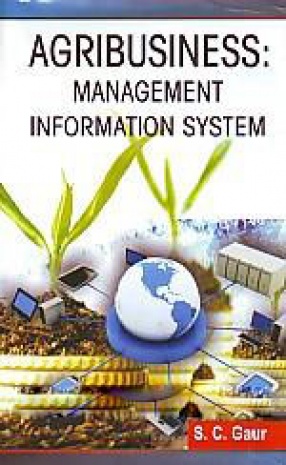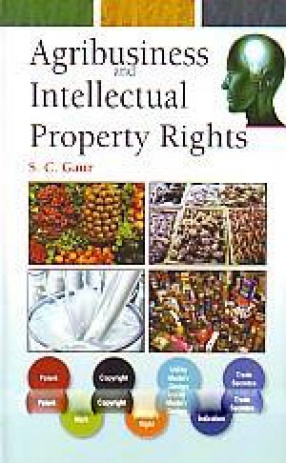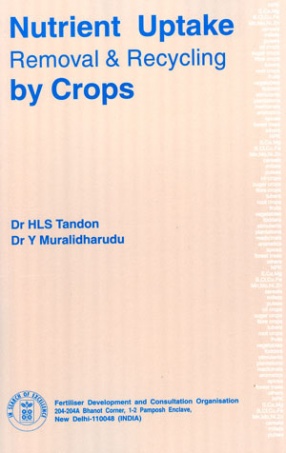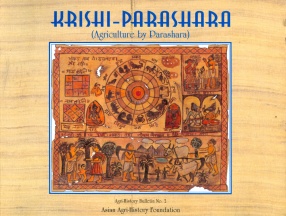Agribusiness: Management Information System
A management information system (MIS) provides information needed to manage organizations efficiently and effectively. Management information systems involve three primary resources: people, technology and information. Management information systems are distinct from other information systems in that they are used to analyze operational activities in the organization. Academically, the term is commonly used to refer to the group of information management methods tied to the automation or support of human decision making, e.g. decision support systems, expert systems and executive information systems.
Use of management information system in agribusiness is its continuous pursuit of new technologies. Well-known examples include the use of satellite-based global positioning systems (GPS) to closely manage crop lands and computer systems to manage various parts of the business. These technologies boost agricultural efficiency by reducing wasted resources, saving time and improving output.
Contents: 1. Agribusiness: An introduction. 2. Management information system (MIS). 3. Agri management information system (AMIS). 4. Trends in information technology – hardware, software. 5. Agribusiness: Decision making in MIS. 6. Information and knowledge. 7. Conceptual foundations of information system. 8. Information resources management (IRM). 9. Systems analysis and designs. 10. Designing on-line and distributed environments-design consideration. 11. Implementation and control of projects. 12. Information technology: Hardware, software. 13. Data communication. 14. Computer networks. References.
Get it now and save 10%
BECOME A MEMBER









Bibliographic information